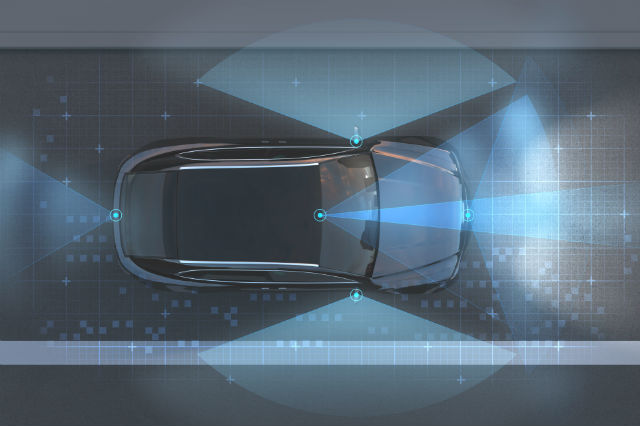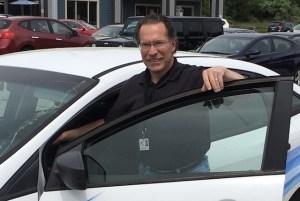Misleading product names can cause all sorts of confusion for consumers. When those issues transfer to the roadways, however, the repercussions are much more serious. Yet consumer misunderstanding of specific automotive technologies is a growing problem across the country.
According to a new AAA survey, 40 percent of Americans believe that partially-automated driving systems have the ability to drive the car by itself. This idea is confounded by the names of these systems, including Autopilot, ProPILOT and Pilot Assist.
“With today’s exciting advances in vehicle technology, there is a greater need for naming that clearly signals to a driver what the system does,” said John Paul, AAA Northeast Senior Manager of Traffic Safety. “Vague or confusing terminology may lead someone to overestimate a system’s capability, unintentionally placing the driver and others on the road at risk.”
Automated driving systems are not intended to take over the task of driving. In fact, AAA found that these systems can be significantly challenged by every day, real-world conditions such as poor lane markings, unusual traffic patterns and stationary vehicles.
In partnership with the Automobile Club of Southern California’s Automotive Research Center, AAA tested four vehicles equipped with automated driving systems that combine technologies such as adaptive cruise control and lane keeping assist to help maintain lane position, forward speed and following distance in relation to a lead vehicle. During typical driving situations, the technology generally functioned as expected. However, AAA found test vehicles faltered in scenarios that included moderate traffic, curved roadways and streets with busy intersections. Researchers noted instances where the test vehicle experienced issues like lane departures, hugging lane markers, “ping-ponging” within the lane, inadequate braking, unexpected speed changes and inappropriate following distances.
As this automated driving technology becomes more prevalent in cars, standardized naming across vehicles that clearly reflects how technology functions will be necessary. Greater consistency across the industry will help consumers understand the type of technology their vehicle has along with how, when and where to use these systems.
What’s your opinion on AV? Share in the comments!
Read more about AV and other traffic safety concerns with The AAA Foundation for Traffic Safety.

















